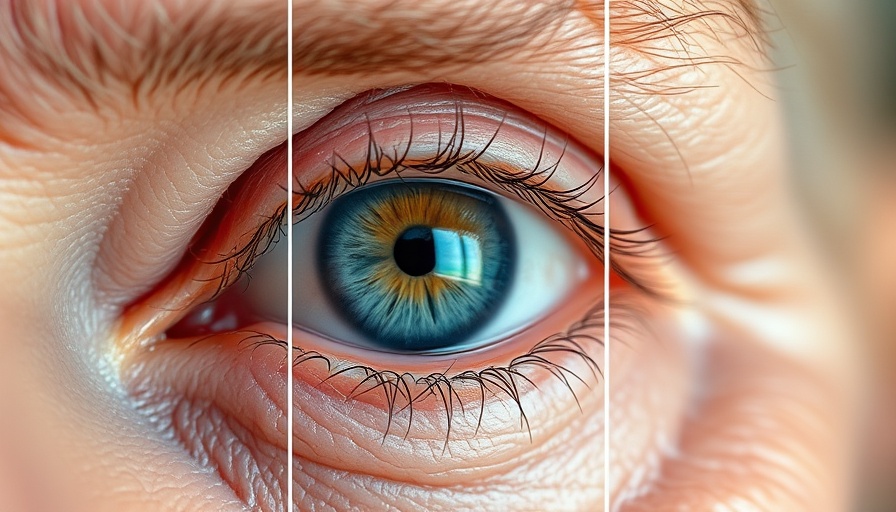
Understanding the Shift: The Rise of Eco-Friendly Burials
As cremation becomes the prevalent choice for body disposition in the U.S., a growing number of individuals and families are reconsidering their end-of-life options in light of environmental impacts. Traditionally revered for its simplicity, cremation requires substantial fossil fuel usage and emits harmful gases into the atmosphere. Consequently, green burials are emerging as a sustainable alternative, allowing bodies to naturally decompose without toxic chemicals or synthetic materials.
What Are Green Burials?
Green burials encompass a range of environmentally friendly practices, prioritizing natural decomposition. Unlike conventional funerals that employ embalming fluids and steel caskets, green burials utilize biodegradable materials such as untreated wood or shrouds. The goal is to return the body to the earth in a way that promotes environmental health. Methods can include human composting or natural burial, where the body nourishes the soil, contributing to local ecosystems.
More Than Just an Alternative: The Broader Impacts of Eco-Friendly Burials
The motivations behind selecting a green burial often extend beyond personal preferences. Economically, they tend to be more affordable compared to traditional methods, appealing to individuals seeking to mitigate funeral costs. Additionally, they resonate with a deepening societal interest in sustainability. As popular culture shifts to embrace environmental mindfulness, individuals are reminded that their final acts can align with their values, fostering a sense of connection even in death.
Innovative Approaches to Eco-Friendly Funerals
Beyond simple green burials, several innovative approaches have surfaced, changing the landscape of end-of-life care. Techniques like aquamation, or alkaline hydrolysis, employ water and a gentle chemical process to break down the body, emitting fewer pollutants. Conversely, human composting accelerates natural decomposition, providing nutrient-rich soil that can nourish plants in memorial gardens, thereby continuing the cycle of life.
Final Thoughts: Why Choosing Eco-Friendly Burials Matters
As awareness regarding environmental issues grows, so does the importance of addressing our legacies through sustainable practices in every aspect of our lives. Opting for a green burial allows individuals to celebrate life while leaving a lighter footprint on our planet. Discussions surrounding death and body disposition are complex, yet they are essential for fostering a culture that honors both life and the earth we inhabit.
 Add Row
Add Row  Add
Add 




Write A Comment